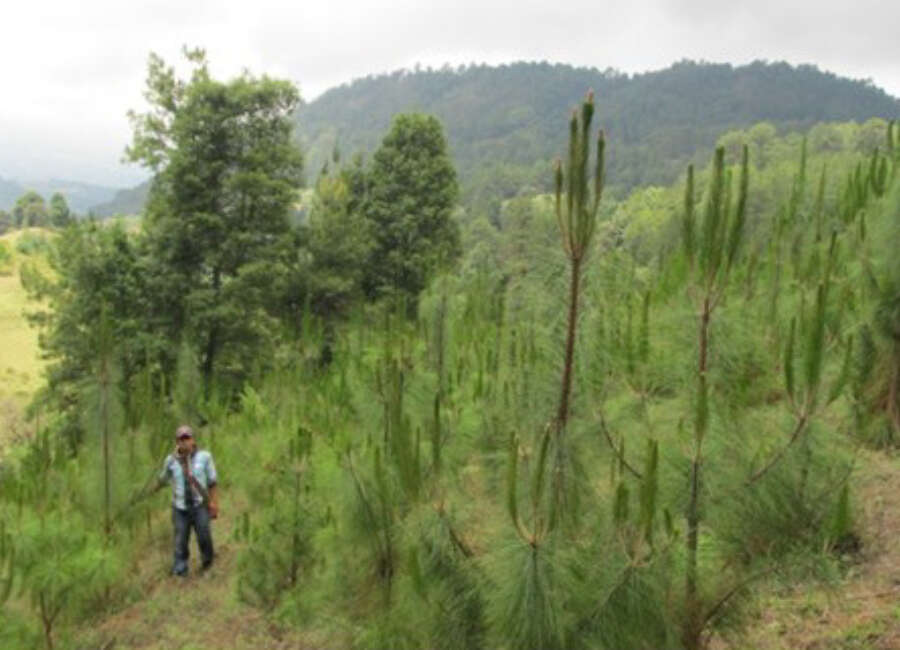Alternare carries out evaluations two or three years after the plantations are established and so far they have performed four evaluations with the following results:
| Period of assessment | Year of assessment | Good survival | Moderate survival | Poor survival |
|---|---|---|---|---|
| 2010-2014 | 2015 | 85% | 11% | 5% |
| 2015-2017 | 2018 | 97% | 3% | 0% |
| 2016-2018 | 2020 | 77% | 0% | 23% |
| 2019-2021 | 2023 | 63% | 12% | 25% |
Percentages are calculated based on the reforested area and survival percentages on the last three columns are classified in three categories:
- Good: Greater than 61% of trees present.
- Moderate: Between 40 and 60% of tree present.
- Bad/Poor: Between 0 and 39% of tree present.
The classification indicates that sites with good survival tend towards the consolidation of the forest mass; sites with moderate survival are in a transitional phase, while sites with bad/poor survival rates tend to become agricultural plots or grazing areas.
The photo sequence below shows the amazing results obtained at "El Rincón" indigenous community with an average growth of trees as follows:
| Year | Average meters of growth/tree | |
|---|---|---|
| 2012 | 1 | |
| 2013 | 1.8-2 | |
| 2014 | 2.5-3 | |
| 2023 | 12-15 |









